
Michael Posner
This is the tenth anniversary of "Cast Lead," Israel's three-week-long onslaught on Gaza that took nearly 1,400 lives, 318 of them children, and that as much as anything helped shift the American view of the conflict, causing young progressives to side with Palestinians.
During those three weeks of horrifying images, President-elect Obama had nothing critical to say and Israel did him a favor in return: it ended the bombing/invasion two days before he was inaugurated.
Then in September the UN Human Rights Council issued a bombshell of its own,
the Goldstone Report, which documented what it called
war crimes and possible crimes against humanity during the onslaught, chiefly the Israeli pattern of deliberately striking civilian targets, including schools, mosques, homes, and a flour mill and a chicken farm.
The Obama administration worked to stymie the report at international bodies, and in the end the report went nowhere (defused by its author, Judge Richard Goldstone, who under huge pressure from his own community retracted the allegation that civilians were intentionally targeted).
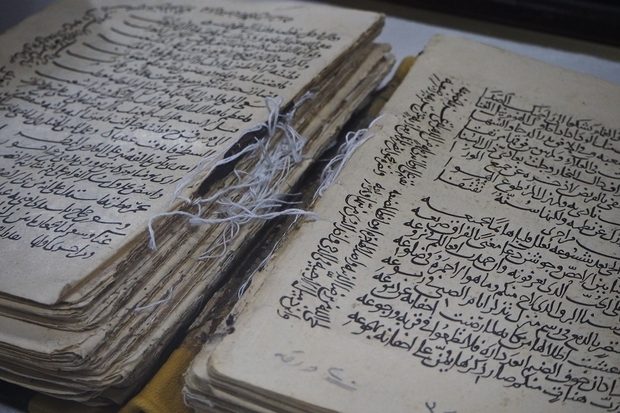

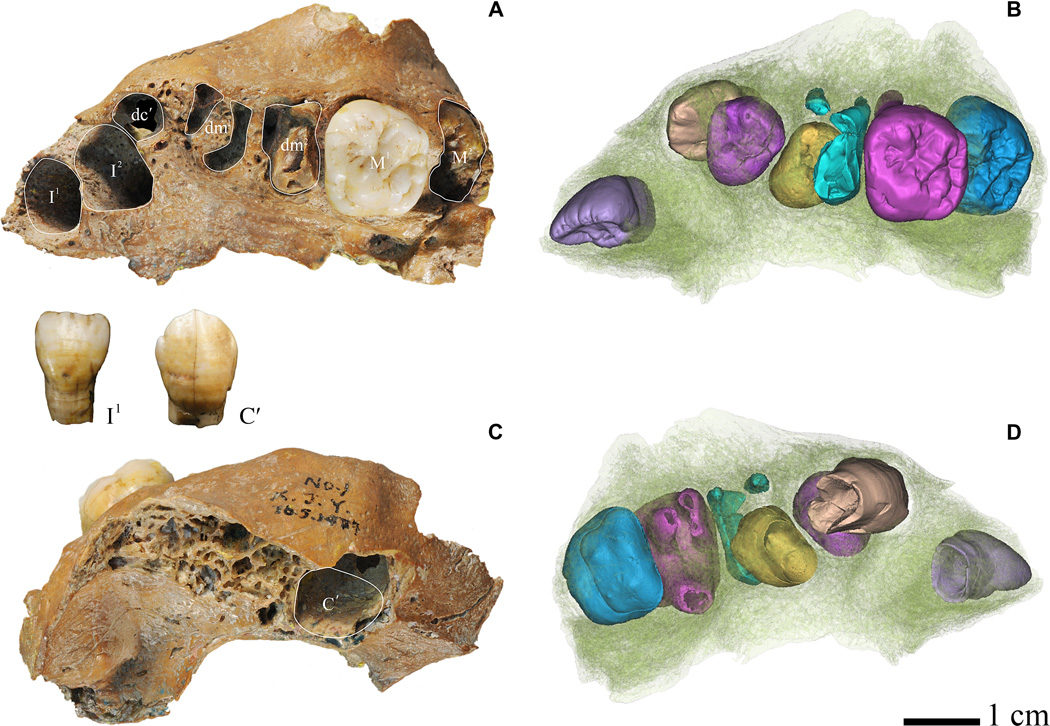
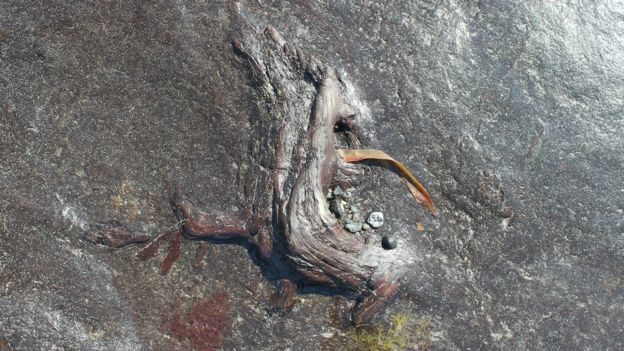
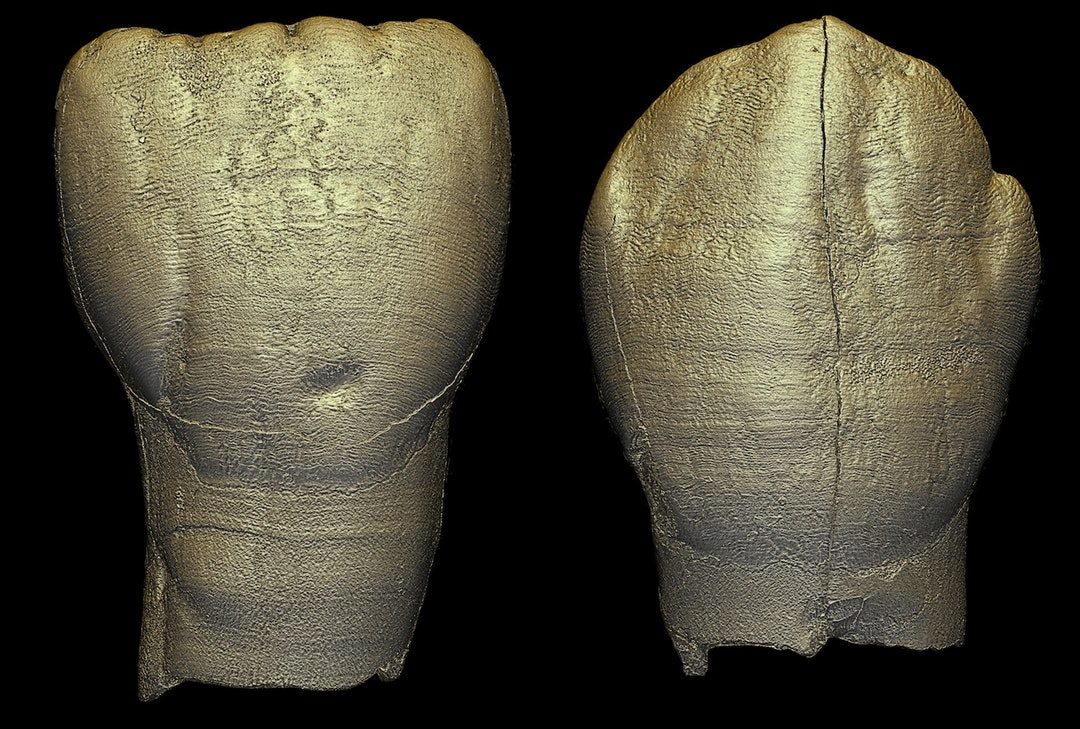

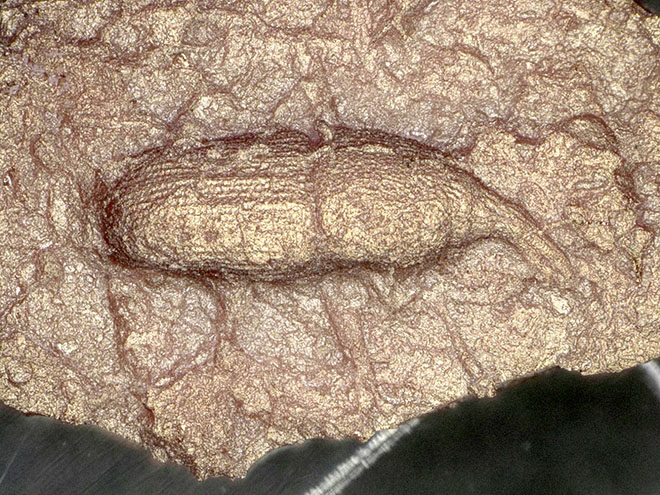
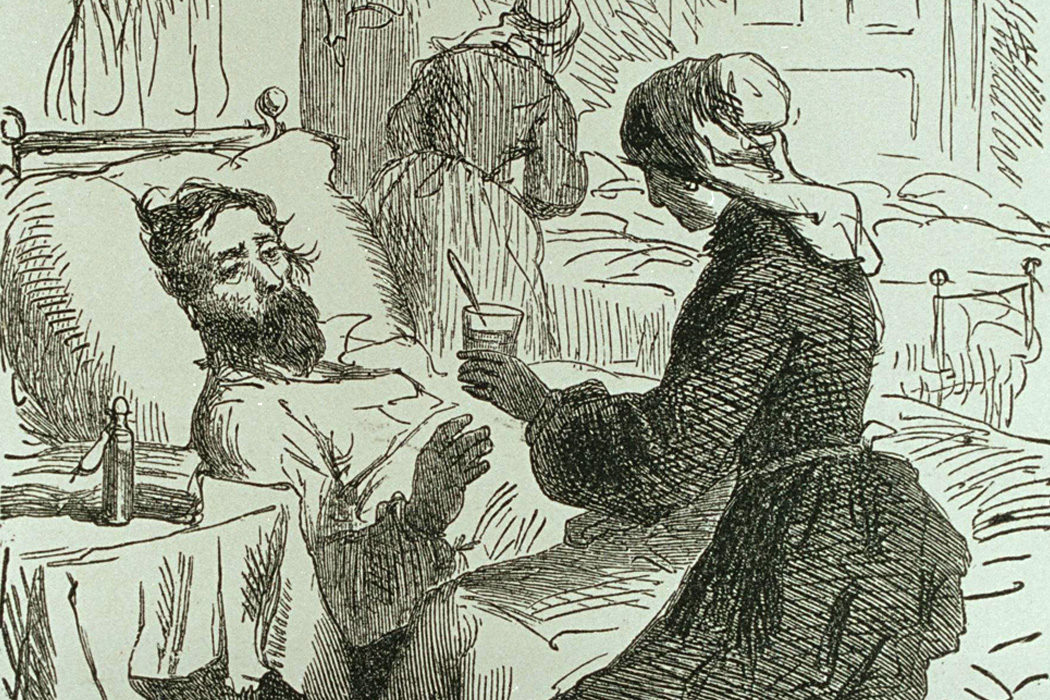
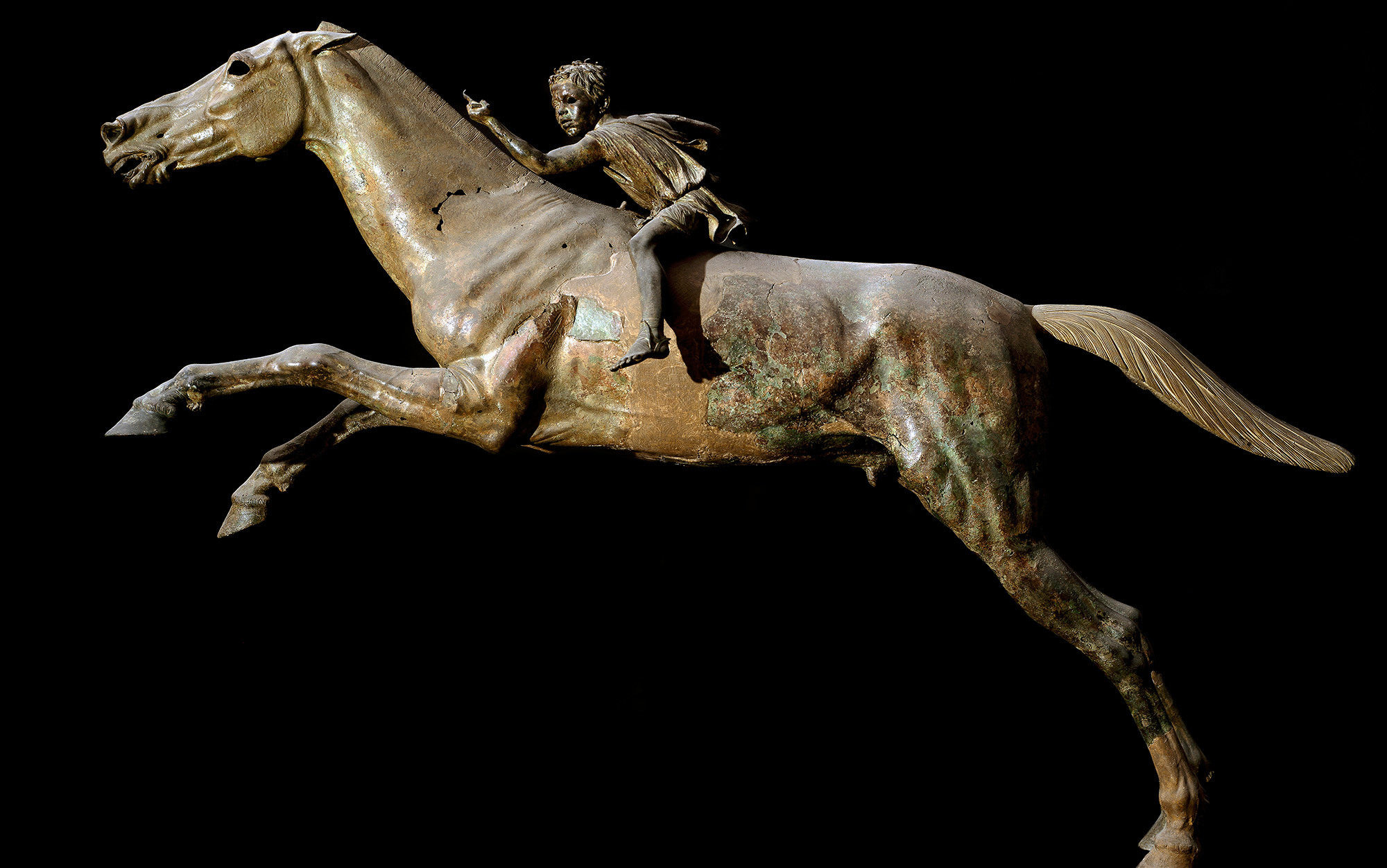
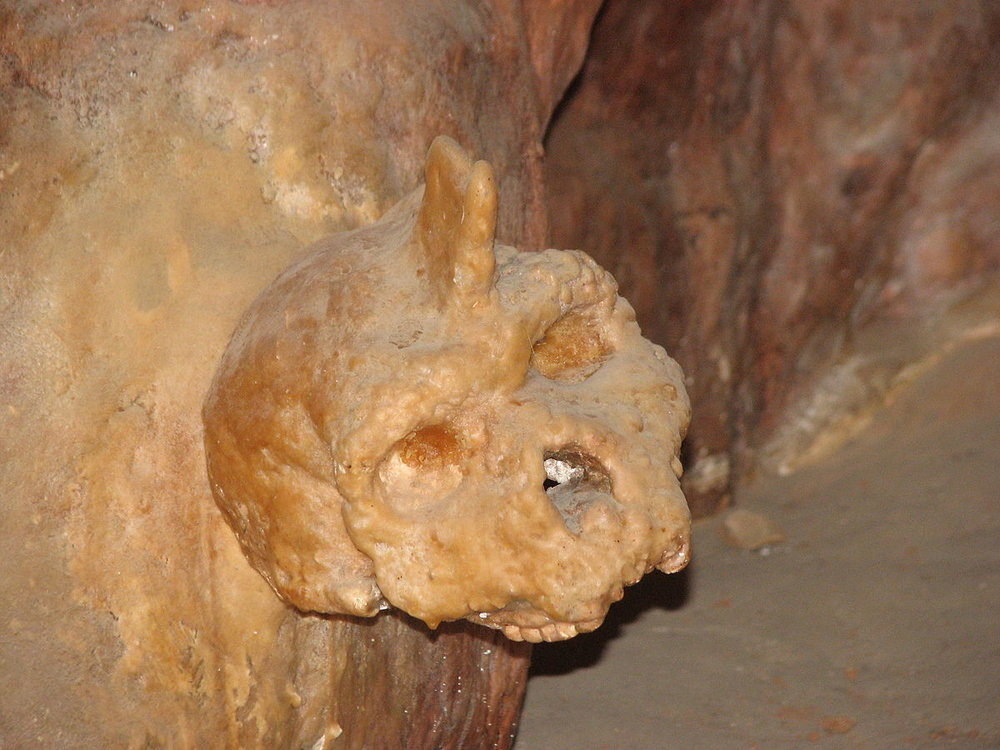



Comment: Crimea has ALWAYS been seen as Russian, by those inside and outside it. That only changed in 2014 when it became politically inconvenient to acknowledge the obvious. That doesn't change reality, however. Crimea is Russian.